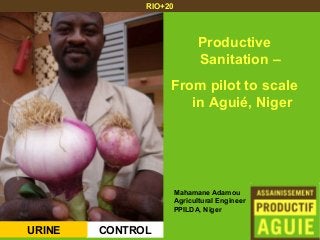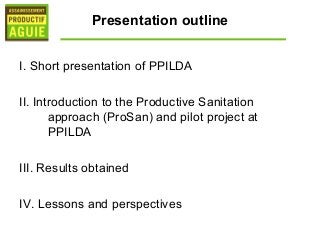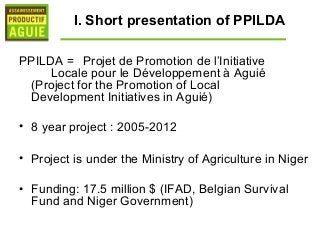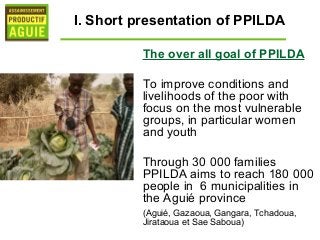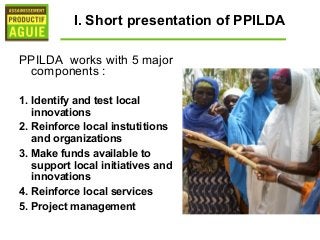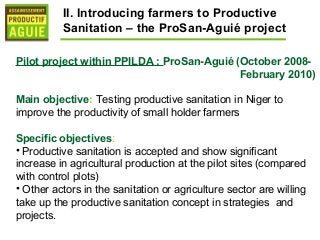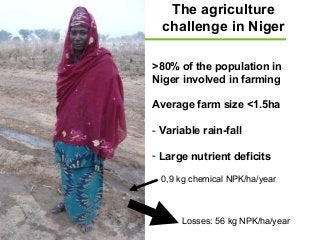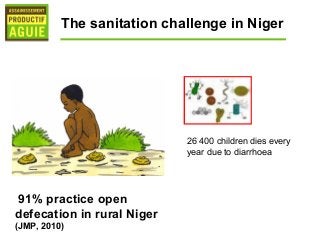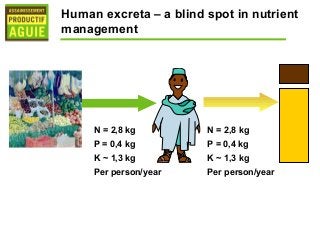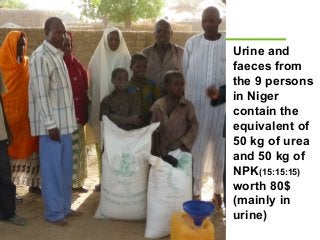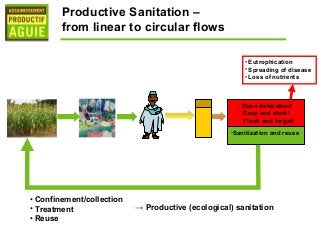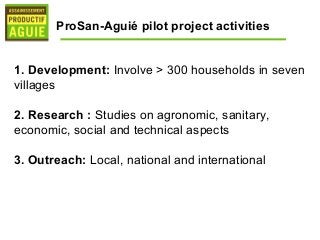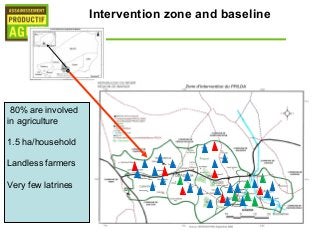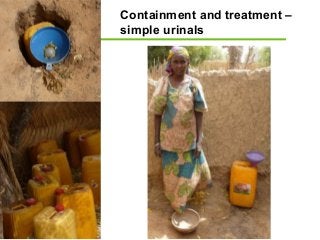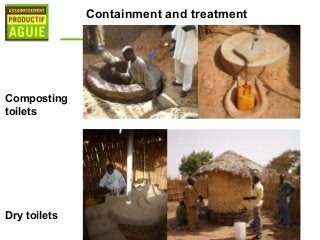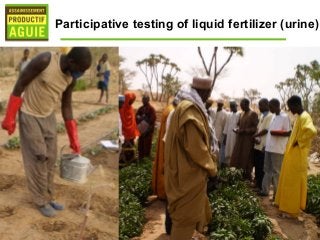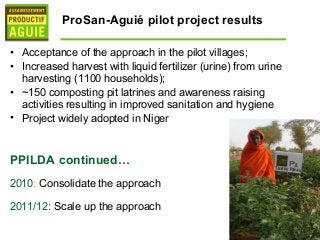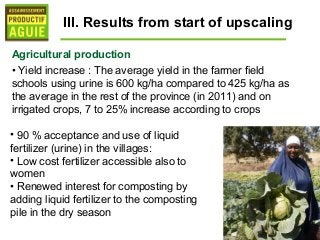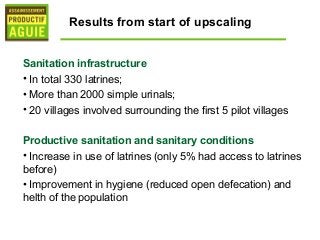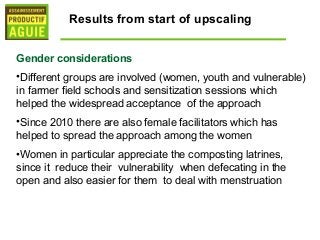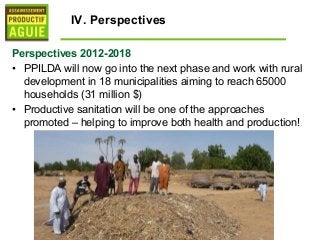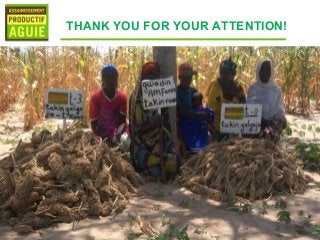Presented as part of ARDD Learning Event 9:
From field to fork to field - Nutritious food and nutrient cycling to enhance health, wealth and resilience
18 June 2012, 11.30 – 13.00
Agriculture and Rural Development Day at Rio+20
Room A, Mezzanine Floor
Speaker: Mahamane Adamou, PPILDA
Organisers: SIANI, SLU, IFAD, AVRDC and Sida
In the famine prone Aguié province in Niger, the Ministry of Agriculture is implementing PPILDA (Project for the Promotion of Local Initiative for Development in Aguié), an IFAD-financed rural development project.
Productive sanitation has been an important component of PPILDA since an add-on pilot project was implemented in 2009, with 1100 households involved in urine-collection using simple urinals and 200 households built composting latrines. The positive results of using urine as a liquid nitrogen rich fertilizer has created a lot of interest among farmers and in 2012 all 20 farmer field schools in the province will include this component.
PPILDA is also entering a new phase and will the coming six years be active in the whole Maradi region, with 18 municipalities. The pilot farmers have formed a Productive Sanitation Association and will be contracted by PPILDA to support the up scaling process. In a couple of villages there are examples of urine becoming a commodity. In Saja Manja village, one farmer has bought hundreds of jerry cans with urine from his neighbors which he uses to enrich his large composting pile.
A multi-stakeholder working group on national level is being set up to create an “enabling environment” for the adoption of productive sanitation through capacity building, information sharing, policy review and recommendations.
Mahamane Adamou is an agronomist in the component “Local Innovations” at PPILDA, Niger (tbc) PPILDA is a rural development project in Aguié, Niger supported mainly by IFAD and Belgian Survival Fund (2005-2013). One of the main activities is identifying and supporting local innovations in farming communities, often via farmer field schools. In this context productive sanitation was introduced via a pilot project in 2009/2010 in cooperation with IFAD, SEI and CREPA Niger.
